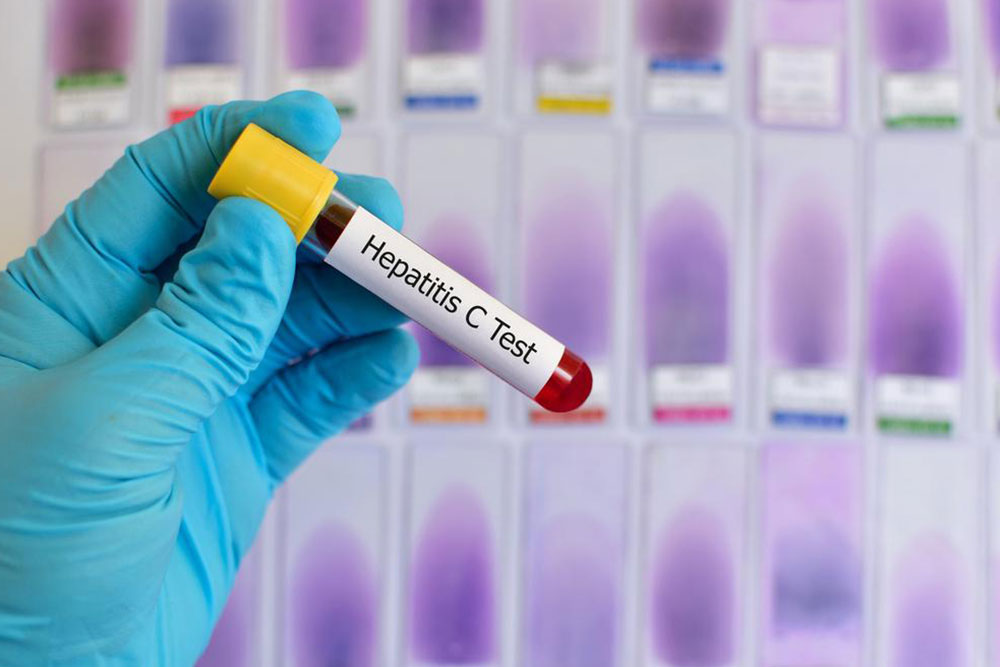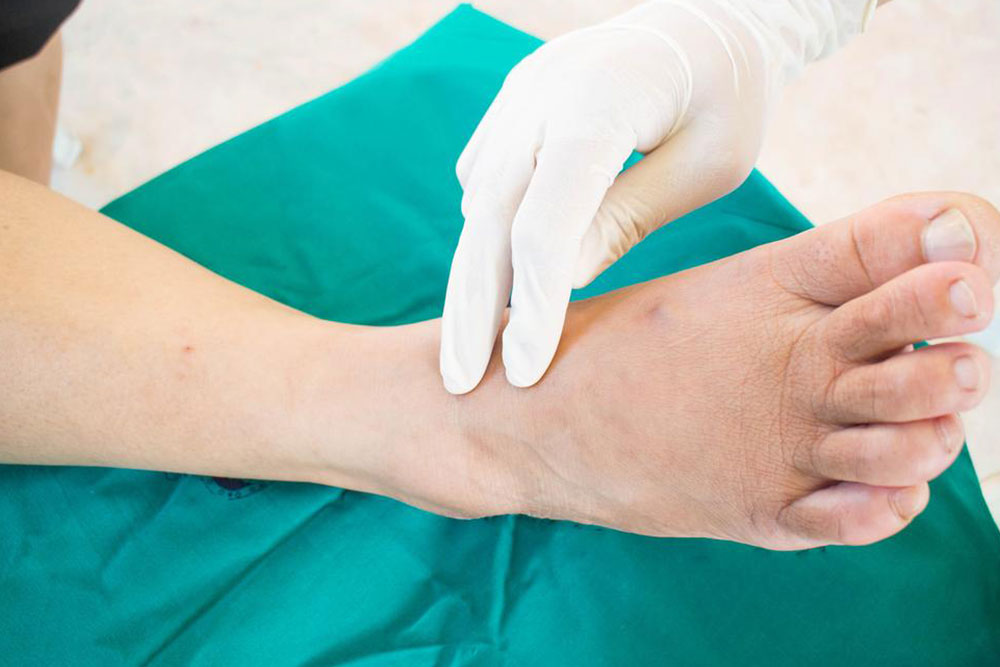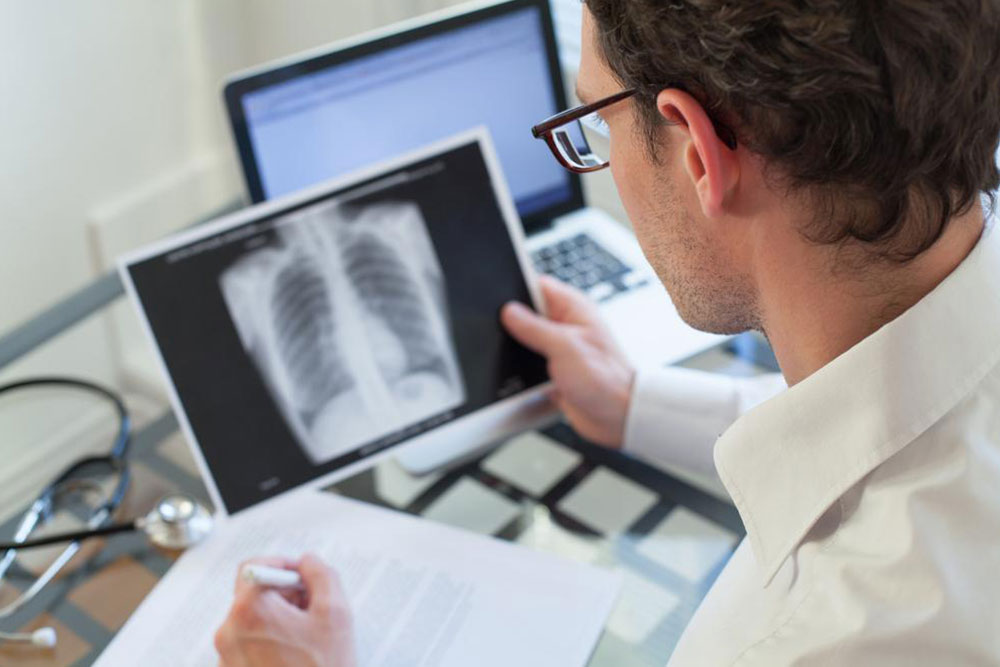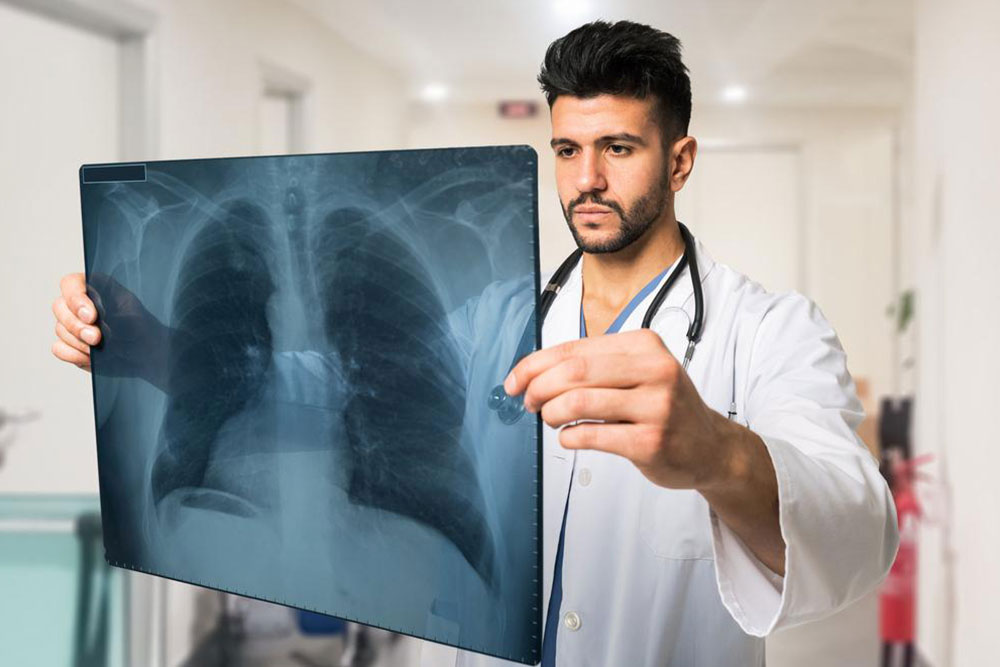Recognizing Types and Early Symptoms of Gangrene
This article provides an overview of the different types of gangrene, their early signs, and when to seek medical help. Recognizing symptoms like skin discoloration, coldness, and non-healing wounds can be critical for timely intervention. Understanding these indicators aids in preventing serious complications such as tissue loss or sepsis. Prompt medical attention is essential in managing gangrene effectively, especially given its potentially life-threatening nature. Read on to learn how to identify and respond to this serious condition early on.

Recognizing Types and Early Symptoms of Gangrene
Gangrene occurs when tissue in a specific area of the body dies due to inadequate blood supply rich in oxygen. Commonly affecting the extremities like hands and feet, it can develop in any part of the body. Prompt diagnosis and treatment are essential, as untreated gangrene can lead to amputation or even threaten life.
There are primarily two forms of gangrene: dry and wet.
Dry gangrene or mummification develops slowly and is often associated with chronic conditions such as diabetes.
In dry gangrene, skin becomes dry, dark, and wrinkled. It can result from prolonged hyperglycemia, Raynaud's disease, burns, frostbite, and other factors.
Wet gangrene features inflamed skin, blistering, and pus formation. It commonly arises from injuries, embolisms, or weakened immune responses.
Beyond these, less common types include gas gangrene and Fournier's gangrene.
Gas gangrene is rare but dangerous, caused by bacteria like clostridia. It can occur post-trauma, with toxins spreading via the bloodstream. Skin turns pale and may produce a cracking sound on pressure due to gas accumulation.
Fournier's gangrene impacts the genital area, mainly affecting men, though women and children can also be affected. It often results from surgeries like hysterectomy, urinary infections, or abscesses.
Signs of early gangrene include:
Shiny skin appearance
Skin peeling with clear boundary between healthy and affected areas
Persistent wounds that do not heal
Darkening and dryness of the skin
Cold sensation in the affected part
Loss of feeling
Nausea
Rapid heartbeat
Fever
Blisters with pus or bleeding
If you observe these symptoms, seek immediate medical attention. Delaying treatment can cause the infection to spread into the bloodstream, leading to sepsis.








